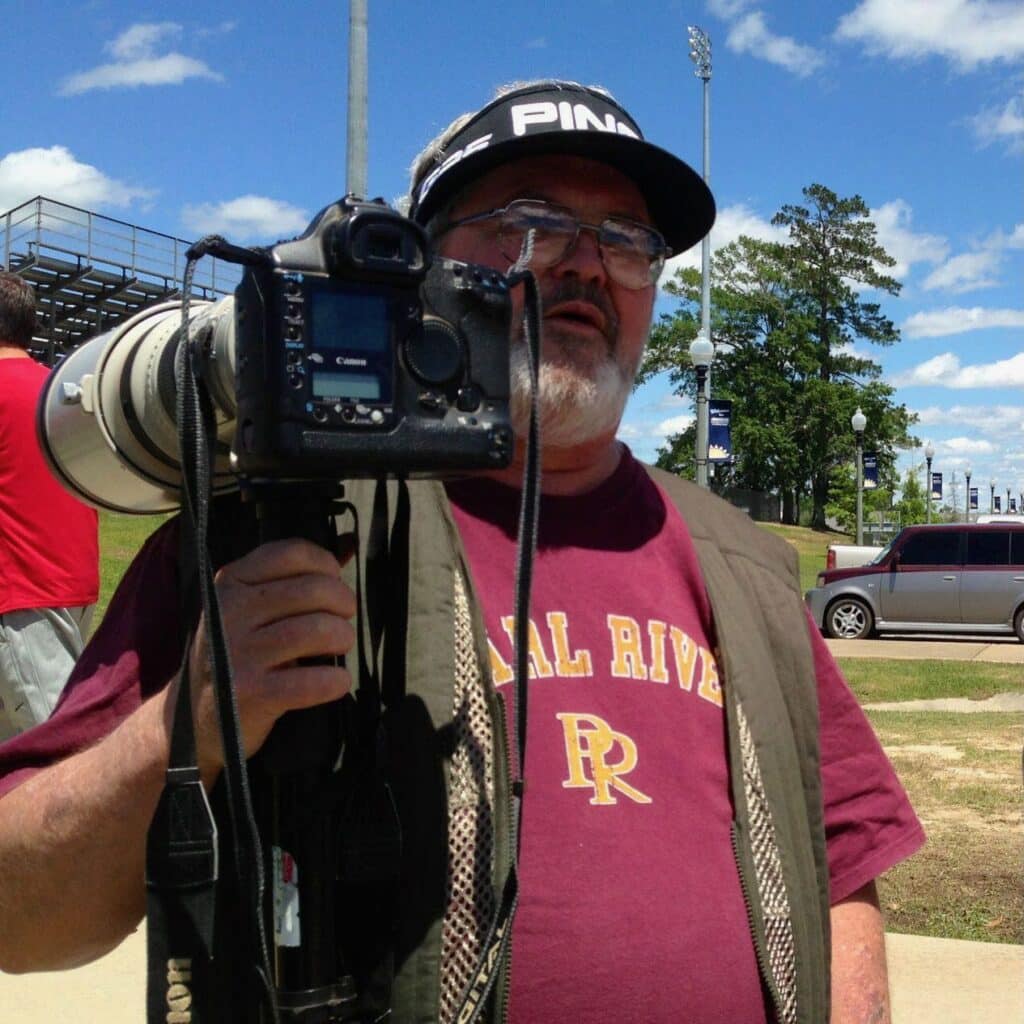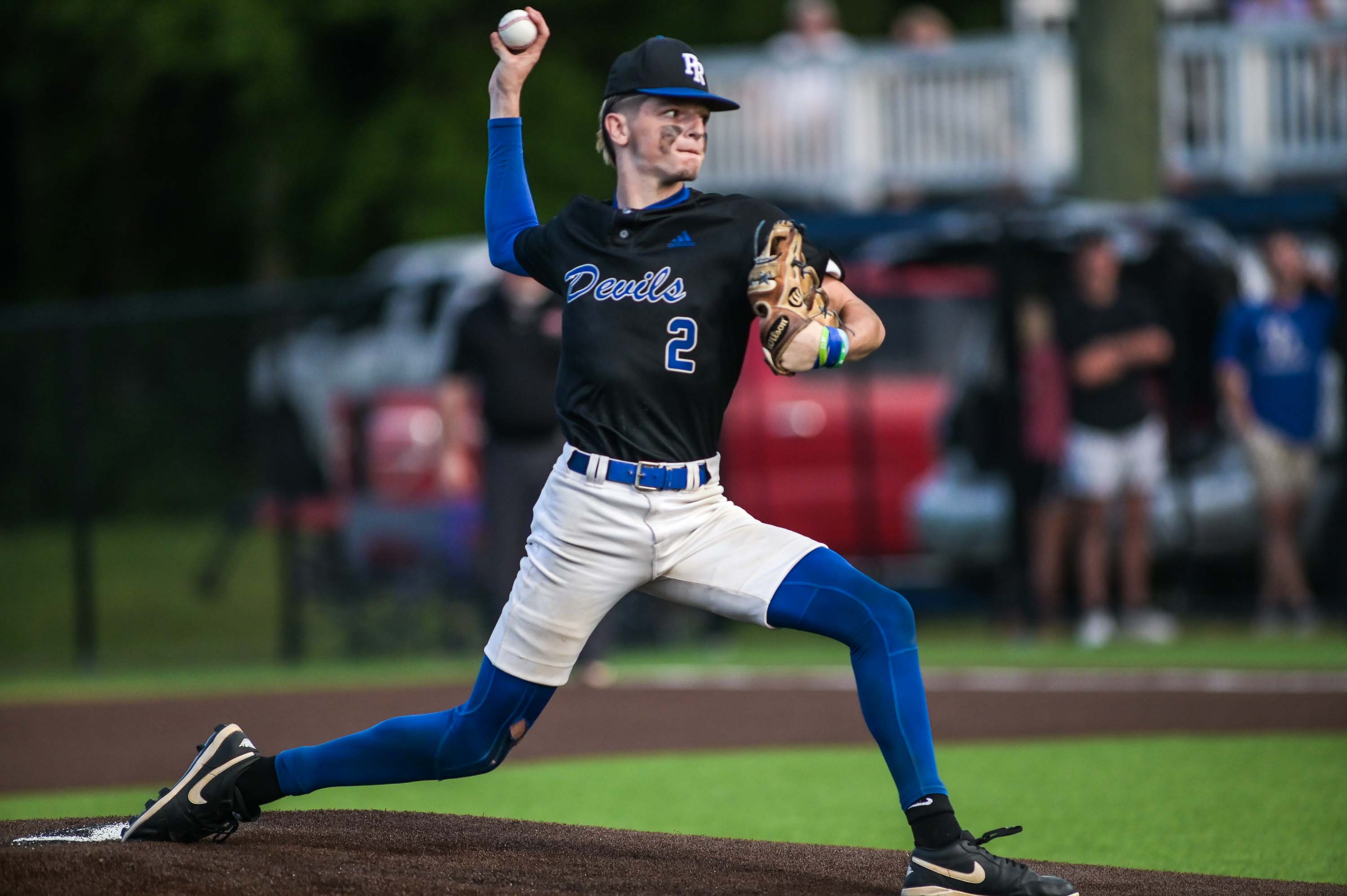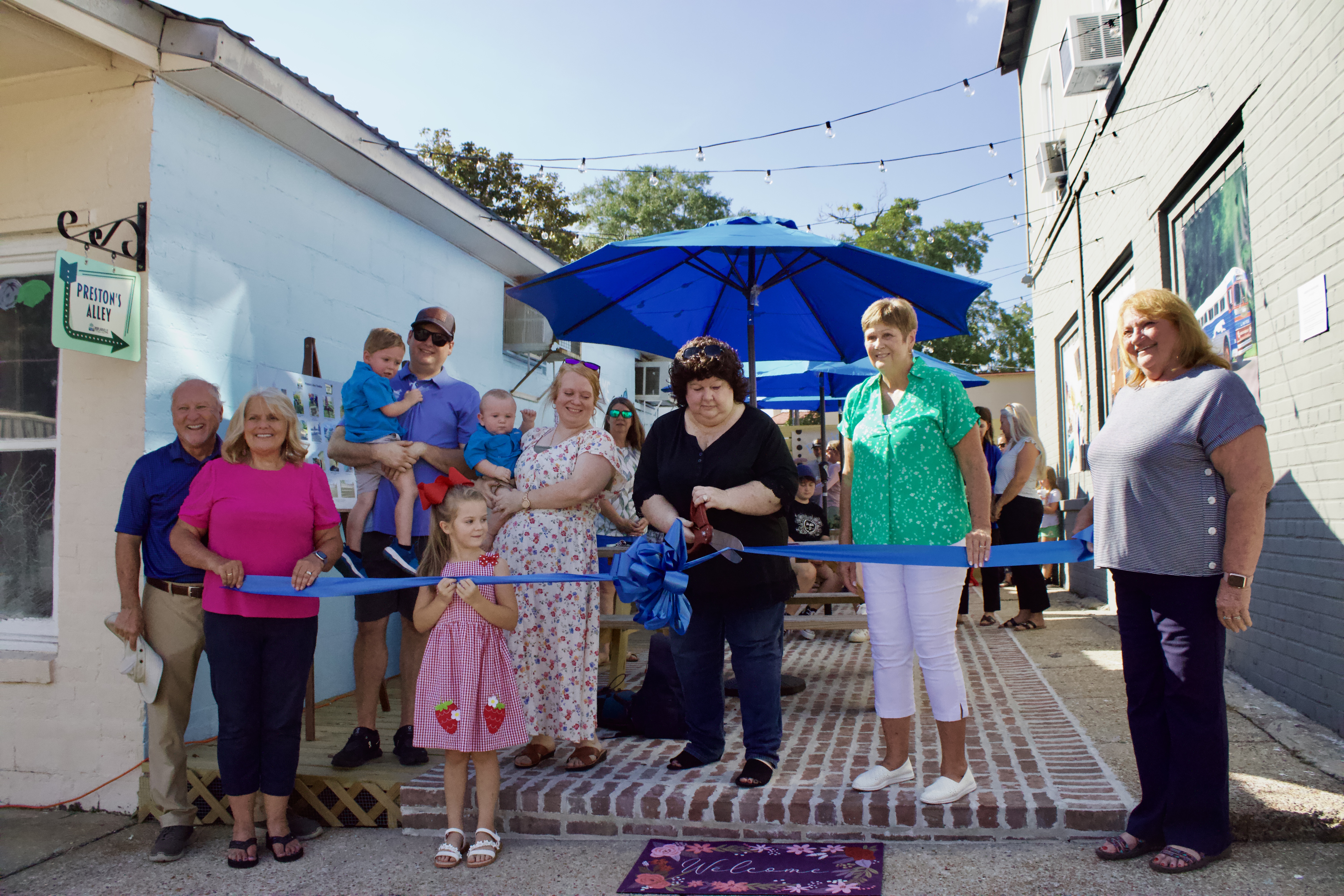South Texans filter through Dolly’s mess
Published 5:40 pm Friday, July 25, 2008
South Texas was getting back on its feet Friday as residents filter through the soggy mess left by Hurricane Dolly despite thousands still being without power.
The National Weather Service said the remnants of Dolly, which washed ashore as a Category 2 hurricane, could still add a few inches of rain to some areas. Downed power lines remained the greatest danger. One person in Matamoros, Mexico, died from electrocution after walking past a power line on the ground.
Fallen billboards and business signs still littered the streets, but residents were out and about after hunkering down for most of Wednesday. As the sun peeked through dark clouds, people began cleaning up and expressed relief that the storm didn’t take many lives.
Trending
“We’re all OK,” said Hilario Cruz as he chopped up a felled tree that just missed his pickup truck in Harlingen. “We covered the windows. The water was up to our knees yesterday.”
There will be substantial cleanup: President Bush declared 15 counties in south Texas a disaster area to release federal funding to them, and insurance estimators put the losses at $750 million.
By Thursday afternoon, forecasters downgraded Dolly to a tropical depression. The storm, which brought 100 mph winds, was expected to break up by Friday. It left behind more than a foot of rain in some areas and broke all-time July rainfall records in the Lower Rio Grande Valley.
With Dolly long gone, 159,000 people in the region were still without power at 10 p.m. EDT Thursday, according to Gov. Rick Perry’s office. The figure was down from 228,000 earlier in the day.
Steve McCraw, the state’s homeland security director, said about 1,500 workers were on hand to help restore power and seven stations were distributing water, ice, food and hygiene kits.
An aerial view of the Rio Grande Valley showed fields forming a checkerboard pattern, some inundated with water, others spared. Traffic was moving again in most places, but some residential areas were surrounded by floodwaters and debris was strewn across lawns.
Trending
Perry, who flew over the area Thursday with U.S. Sen. John Cornyn, cautioned residents not to rest easy just yet.
“It appears that we have handled it as well as it can be handled. But it is far from over,” Perry said, noting possible flooding over the next five days from runoff as the storm moves northward.
Sen. Cornyn said Dolly should remind the federal government that it needs to fund levee improvements along the Rio Grande.
“We’re lucky Mother Nature didn’t deal us a harsher blow,” Cornyn said.
After crashing ashore on South Padre Island midday Wednesday, Dolly meandered north, leaving towns on the northern tip of the Rio Grande Valley with a surprise. Officials had feared the Rio Grande levees would breach, but the storm veered from its predicted path and they held strong.
“We’re glad it didn’t make a direct hit but it just refocuses on the issues we have,” said Cameron County Judge Carlos Cascos. “The levees are suspect. Nothing’s changed in my opinion.”
While the area near the border that expected the bulk of the storm was counting its blessings, residents a little farther north were wondering what hit them.
In the La Quinta section of San Benito, flooding is routine as rain normally drives torrents of water off a nearby expressway and pool around raised railroad beds.
They said Thursday they’d never seen anything like this.
One subsidized housing project will likely have to be torn down, having just barely survived three or four other floods, said Arnold Padilla, the city’s housing director.
“If it was salvageable at all, it would be three or four months before it was livable,” Padilla said.
The raised railroad tracks that define the neighborhood became the vantage point, boat launch and the only dry ground around.
Residents waded through waist-deep brown water with a few belongings wrapped in plastic bags held high in a sad caravan of Dolly’s displaced.
A bit farther northwest in Harlingen, Joanna Nunez was considering how to fix the new hole in her roof. She said that not long after the storm had torn away the chunk, a neighbor boy staying at her house asked if he could go outside to see Dolly.
“I told him, ’We are outside,”’ she said, smiling and looking at the hole.
Rain and wind from Dolly probably doomed much of the cotton crop in Texas’ Rio Grande Valley. About 92,000 acres of cotton in the region were awaiting harvest but driving rains and high winds knocked bolls to the ground, making them unsalvageable, Texas Agri Life Extension agent Rod Santa Ana said. Sorghum acres damaged by rain in early July also could be doomed, he said.
A remnant of the storm on Thursday blew several roofs off houses and businesses on San Antonio’s south side, about 300 miles northwest of where the storm made landfall. There were no immediate reports of injuries and the National Weather Service sent a storm survey team to determine whether it was a tornado or strong winds.
On South Padre Island, which endured the worst of Dolly’s wrath, power could be out for another day, said town spokeswoman Melissa Zamora. A 9 p.m. curfew was set for the second night in row Thursday, and the National Guard and FEMA were distributing ice, water and food.
South Padre Island officials said no buildings were in danger of collapse, but damage was widespread to hotels and other businesses. There were no dollar estimates on damage yet.
Avi Fima was mourning the damage to “my baby” — his Surf Stop store on Padre Boulevard. Windows were blown out, half the roof was torn away and water bubbled up the carpeting inside.
“This is going to hit us good,” Fima said. “We actually started summer really good. … To rebuild it — the season will be over. We have a month left.”
Across the Rio Grande in Matamoros, Mexico, power was restored to large parts of Brownsville’s sister city, and Tamaulipas Gov. Eugenio Hernandez said he hoped the lights would be on by the end of the day.
Gas stations and factories reopened as about 2,500 police and soldiers patrolled to prevent looting while many of the 13,000 people who had taken shelter returned home.
The last hurricane to hit the U.S. was the fast-forming Humberto, which came ashore in southeast Texas last September.
The busiest part of the Atlantic hurricane season is usually in August and September. So far this year, there have been four named storms, two of which became hurricanes. Federal forecasters predict a total of 12 to 16 named storms and six to nine hurricanes this season.





